Is Calligraphy A Dying Art Form?

Source: Calligraphymasters, Instagram, https://www.instagram.com/p/CUaYWvjsEO4/
Calligraphy has captivated cultures for centuries, celebrated for its beauty, rhythm, and grace. From ancient Chinese scrolls and medieval manuscripts to ornate wedding invitations and branding, calligraphy has served as a powerful form of visual communication. But as technology continues to evolve, many are left wondering—is calligraphy a dying art form?
In today’s fast-paced digital world, handwritten forms of expression are often replaced by fonts, keyboards, and automation. This shift raises important questions about the survival of traditional artistic practices. Yet, despite reduced everyday use, calligraphy remains more than just decorative handwriting—it is a form of art that bridges language, culture, and design.
The essence of calligraphy lies not only in how it looks but also in how it is created. It’s a deliberate act that demands patience, precision, and a deep understanding of form and structure. While its role in functional writing may have diminished, its presence in creative, educational, and ceremonial spaces continues to thrive.
This article explores the current landscape of calligraphy, examining whether it is truly fading or simply transforming. Through historical context, modern trends, and cultural insights, we’ll uncover the enduring impact of this timeless craft and its place in today’s world.
The Timeless Appeal Of Calligraphy
Calligraphy, often described as the art of beautiful writing, has a universal allure that transcends time, culture, and geography. Its graceful strokes and rhythmic flow have captivated people for centuries, symbolizing a perfect union of function and form. Unlike conventional handwriting, calligraphy emphasizes deliberate artistry, where each letter is crafted with precision and care.
At its core, calligraphy celebrates the beauty of written language. Whether it is a handwritten invitation, a framed quote, or an illuminated manuscript, calligraphy transforms simple text into a masterpiece. This artistic transformation appeals to both creators and viewers, offering a tactile and visual experience unmatched by digital fonts.
In an increasingly digital world, the appeal of calligraphy lies in its authenticity and individuality. Each piece is inherently unique, reflecting the personal touch and creative expression of the artist. The act of creating calligraphy itself is often meditative, demanding patience, focus, and a steady hand. Many find it to be a therapeutic escape from the fast-paced nature of modern life.
Its timeless charm lies in its ability to connect the past with the present, offering a sense of nostalgia while remaining relevant in contemporary art and design. Calligraphy’s enduring appeal ensures its place as a cherished form of artistic expression.
The History Of Calligraphy
In ancient China, calligraphy emerged as one of the highest art forms, deeply intertwined with philosophy and aesthetics. Chinese calligraphers, such as Wang Xizhi, are celebrated for their mastery of brush and ink techniques, influencing art for generations. Similarly, Islamic calligraphy flourished in the Middle East, where intricate scripts like Kufic and Naskh adorned sacred manuscripts and architectural masterpieces.
In Europe, the art of calligraphy developed during the medieval period, when monks meticulously transcribed religious texts. Illuminated manuscripts, like the Book of Kells, stand as testaments to the skill and devotion of early calligraphers. During the Renaissance, calligraphy gained prominence in secular contexts, with humanist scripts influencing modern typefaces.
The invention of the printing press marked a turning point, reducing the need for hand-copied texts. Yet, calligraphy persisted as an artistic pursuit, evolving into decorative arts and personal correspondence. By the 19th and 20th centuries, movements like Arts and Crafts revived interest in traditional calligraphy, inspiring new styles and techniques.
Today, calligraphy continues to reflect its rich history while adapting to modern aesthetics. Its journey from ancient scrolls to contemporary designs showcases its resilience and versatility, making it an enduring testament to human creativity and culture.
The Influence Of Digital Typography
Digital typography offers precision, scalability, and convenience. Designers can experiment with countless styles and formats without the time and effort required for hand lettering. This accessibility has made typography an essential component in branding, advertising, and web design. Yet, while digital fonts replicate the aesthetic of calligraphy, they often lack the tactile and personal qualities that define the art form.
Despite its challenges, calligraphy has found new life in the digital age. Designers frequently draw inspiration from calligraphic styles to create custom fonts and unique lettering. Tools like digital pens and tablets even allow artists to mimic the fluidity of traditional calligraphy in a digital format. Additionally, calligraphy remains a valued skill in projects that demand individuality and authenticity, such as wedding invitations and artistic illustrations.
Ultimately, digital typography and calligraphy coexist, each offering unique advantages. While digital fonts dominate the modern landscape, the artistry of calligraphy continues to thrive, bridging the gap between tradition and technology. Rather than replacing calligraphy, digital typography has expanded its reach, enabling a new generation of artists to appreciate and reinterpret this timeless craft.

Source: Calligraphymasters, Instagram, https://www.instagram.com/p/CZMA22ILE6O/
The Rise Of Handwriting Alternatives
In an increasingly digital world, handwriting has become less of a necessity and more of a rarity. With the widespread use of keyboards, touchscreens, and voice-to-text technologies, traditional writing methods are often replaced by faster, more efficient alternatives. This shift has inevitably influenced the practice of calligraphy, once an essential skill and now a niche art form.
Typing has surpassed handwriting as the primary mode of communication in both personal and professional contexts. Emails, instant messages, and social media posts have rendered handwritten notes and letters less common. Even in educational settings, students are more likely to type their assignments than write them by hand, further diminishing the role of handwriting in daily life.
Handwriting alternatives also extend to creative pursuits. Digital drawing tablets, styluses, and design software allow artists to replicate the look of hand-drawn letters without the need for physical tools. While these innovations offer convenience, they also raise concerns about the loss of traditional skills like calligraphy.
However, the rise of handwriting alternatives has not entirely displaced calligraphy. On the contrary, the art form has gained a renewed appeal as a unique and personalized practice. Enthusiasts view calligraphy as a way to reconnect with the tactile and meditative aspects of writing, offering a counterbalance to the fast-paced digital environment.
Calligraphy As An Artistic Expression
Calligraphy is far more than just a method of writing—it is a celebrated form of artistic expression. The flowing strokes, delicate flourishes, and intricate details of calligraphy transform words into visual art, blending language with design in a unique and captivating way.
Unlike other art forms, calligraphy combines structure with creativity. The discipline required to master calligraphy tools and techniques is balanced by the freedom to experiment with styles, layouts, and embellishments. This duality makes calligraphy an appealing medium for artists seeking to explore the boundaries of traditional and modern design.
For many, calligraphy is also a deeply personal art form. The individual touch of the calligrapher brings life to each letter, imbuing the work with emotion and intent. Whether crafting a meaningful quote, designing a logo, or creating decorative wall art, calligraphy allows artists to communicate visually in a way that resonates with their audience.
In an era where digital design often dominates, calligraphy offers a refreshing return to handcrafted artistry. Its versatility and timeless appeal make it a cherished medium for personal expression and creative exploration, ensuring its continued relevance in both traditional and contemporary art forms.
Calligraphy In Wedding And Event Design
Calligraphy plays a significant role in wedding and event design, bringing an air of elegance and sophistication to any special occasion. From intricately addressed envelopes to beautifully crafted place cards, calligraphy adds a personalized touch that enhances the overall aesthetic of the event.
Wedding invitations are one of the most common uses of calligraphy. Hand-lettered or calligraphy-inspired fonts create a sense of formality and beauty, setting the tone for the celebration. Couples often choose bespoke calligraphy designs to reflect their personalities or complement their wedding theme, making each piece truly unique.
Beyond invitations, calligraphy finds its place in other aspects of event design. Custom signage, menus, and seating charts are often adorned with calligraphic elements, creating a cohesive and stylish look. These details not only serve a functional purpose but also elevate the visual experience for guests.
The charm of calligraphy lies in its ability to make even the smallest details feel significant. Whether it’s a hand-lettered vow book or a personalized wedding favor, calligraphy transforms ordinary items into cherished keepsakes.
The Therapeutic Benefits Of Calligraphy
One of the key therapeutic benefits of calligraphy is its ability to improve concentration. The precise movements required to form each letter demand full attention, helping practitioners set aside distractions and immerse themselves in the creative process. This focus can be a powerful antidote to the fast-paced, multitasking demands of modern living.
The repetitive nature of calligraphy also promotes relaxation. Much like other meditative practices, the rhythmic strokes of the pen encourage deep breathing and a steady pace, reducing stress and anxiety. Many calligraphy enthusiasts find that this intentional slowness brings a sense of peace and clarity.
In addition, calligraphy enhances fine motor skills and hand-eye coordination. The careful control needed to guide the pen strengthens dexterity, making it particularly beneficial for individuals recovering from injuries or dealing with conditions like arthritis.
For many, calligraphy serves as a form of self-expression. Crafting meaningful phrases or quotes allows practitioners to connect emotionally with their work, adding a personal dimension to the therapeutic experience.
Whether pursued as a hobby or a professional craft, calligraphy offers a unique blend of creativity and mindfulness. Its therapeutic qualities make it a valuable practice for enhancing mental well-being and finding balance in a hectic world.

Source: Calligraphymasters, Instagram, https://www.instagram.com/p/CLZzVpFrfl3/
Cultural Significance Of Calligraphy
Calligraphy holds profound cultural significance, serving as a bridge between history, tradition, and art. Across the world, it has been a revered medium for preserving language, documenting important events, and expressing cultural identity.
In East Asia, Chinese calligraphy is considered one of the highest forms of artistic expression. Rooted in centuries-old traditions, it embodies the harmony of technique, philosophy, and beauty. Calligraphic scripts often convey Confucian, Buddhist, or Taoist teachings, reflecting the deep cultural values of the region.
Islamic calligraphy, too, carries immense cultural importance. As an art form intertwined with religious expression, it decorates mosques, manuscripts, and artifacts with intricate Arabic scripts. Islamic calligraphy transcends mere writing, becoming a sacred and spiritual practice.
In Western traditions, calligraphy has played a key role in recording historical and religious texts. From medieval illuminated manuscripts to Renaissance humanist scripts, calligraphy has shaped the visual identity of written communication.
Calligraphy’s cultural significance extends beyond aesthetics. It represents the values, beliefs, and artistry of societies throughout history. As a testament to human creativity and tradition, calligraphy remains a cherished cultural practice, connecting people to their roots while inspiring new forms of expression.
The Intersection Of Calligraphy And Modern Design
Calligraphy and modern design intersect in fascinating ways, merging tradition with contemporary creativity. While rooted in ancient practices, calligraphy continues to influence and enhance modern design projects, offering a unique blend of authenticity and artistry.
In graphic design, calligraphy-inspired elements are widely used to create logos, packaging, and advertisements. Custom lettering adds a human touch to digital work, setting brands apart with personalized visual identities. Unlike standard fonts, hand-drawn calligraphy reflects individuality, making it ideal for businesses seeking a distinct and memorable aesthetic.
The versatility of calligraphy also extends to digital platforms. Tools like styluses and drawing tablets enable designers to replicate the fluidity of traditional penmanship while embracing the flexibility of digital formats. This fusion allows calligraphy to maintain its organic charm while adapting to the demands of digital media.
Calligraphy’s influence is particularly evident in modern typography. Many popular typefaces draw inspiration from classic calligraphic scripts, blending historical elegance with contemporary functionality. This convergence bridges the gap between handwritten tradition and scalable, reproducible design.
Moreover, calligraphy’s artistic appeal is often used in editorial design, social media content, and motion graphics, elevating the visual storytelling of brands and creators. Its timeless quality adds sophistication and emotional resonance to any project.
Social Media’s Role In Reviving Calligraphy
Social media has played a transformative role in reviving calligraphy, breathing new life into this ancient art form. Platforms like Instagram, Pinterest, and TikTok have become virtual galleries for calligraphers to showcase their work, inspiring a global resurgence of interest.
The visual nature of social media makes it an ideal space for calligraphy. Short videos of flourishing scripts and time-lapse demonstrations captivate audiences, highlighting the precision and artistry behind every stroke. Hashtags like #calligraphyart and #moderncalligraphy connect enthusiasts, creating an online community where artists can share techniques, tools, and inspiration.
Social media has also democratized access to calligraphy education. Tutorials, workshops, and live streams offer step-by-step guidance, making it easier for beginners to learn the craft. This accessibility has introduced calligraphy to a wider audience, fostering a new generation of practitioners.
The interactive aspect of social media allows artists to engage directly with their followers, receiving feedback and building connections. Many calligraphers leverage these platforms to sell custom work, promote classes, or collaborate with brands, turning their passion into a sustainable career.
Conclusion
Calligraphy remains a timeless art form that bridges history and modernity, offering both aesthetic beauty and personal expression. Despite the rise of digital tools and handwriting alternatives, calligraphy continues to thrive as a creative practice, celebrated for its elegance and versatility. From cultural traditions to modern design and therapeutic benefits, calligraphy enriches our lives in countless ways. Social media and contemporary innovations have further revitalized interest, ensuring its relevance for future generations. Far from being a dying art, calligraphy endures as a cherished craft, blending tradition with innovation in a world that increasingly values individuality and authenticity.
Let Us Know What You Think!
Every information you read here are written and curated by Kreafolk's team, carefully pieced together with our creative community in mind. Did you enjoy our contents? Leave a comment below and share your thoughts. Cheers to more creative articles and inspirations!


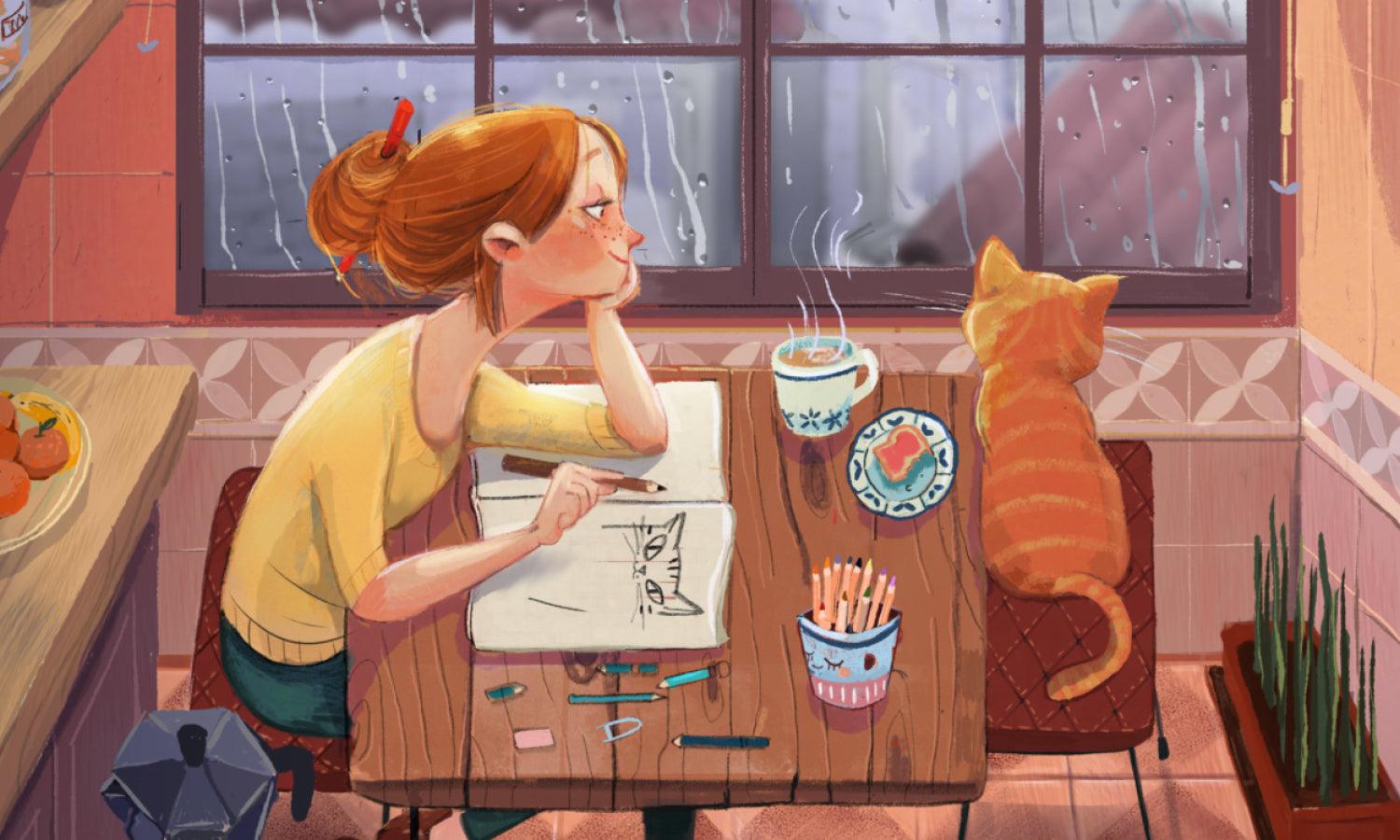
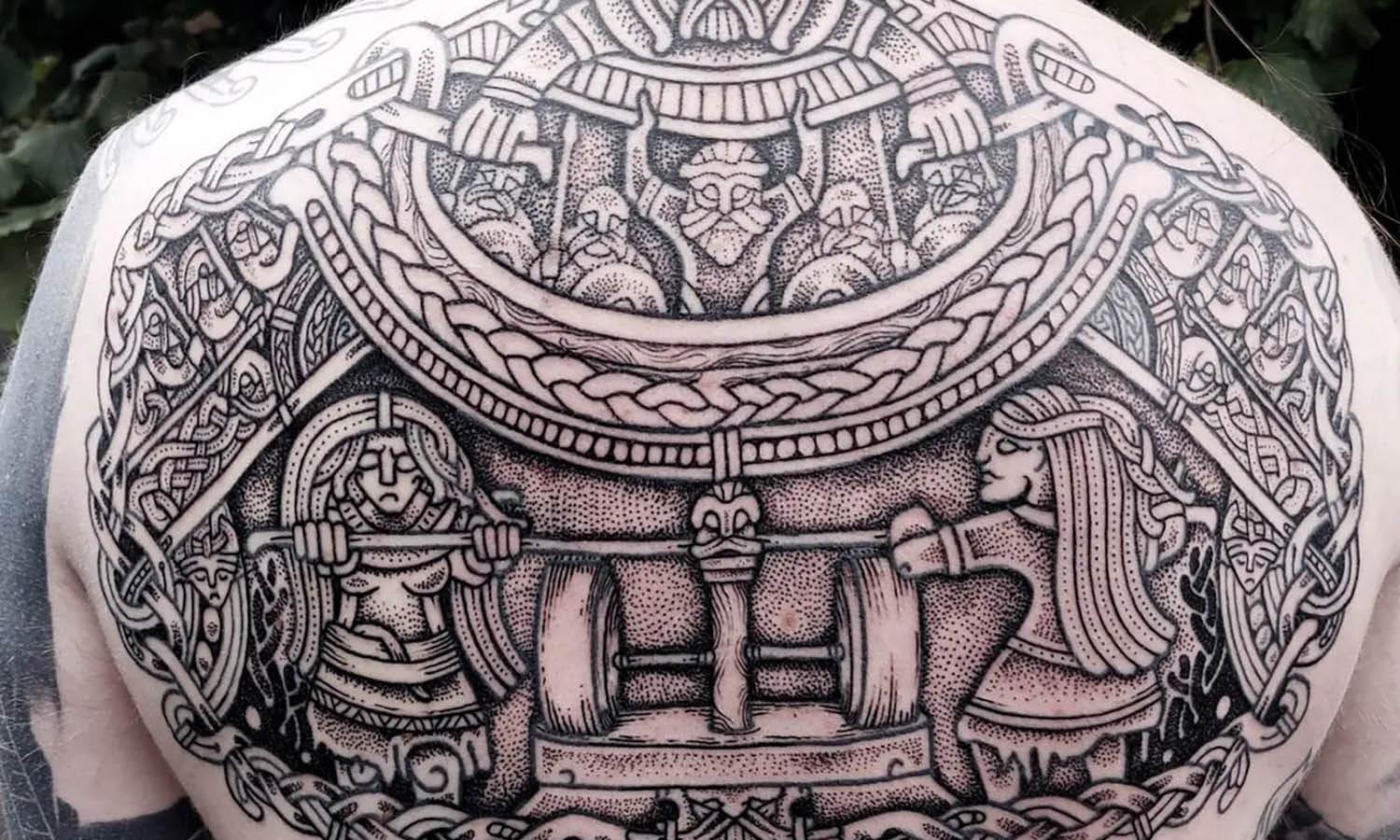
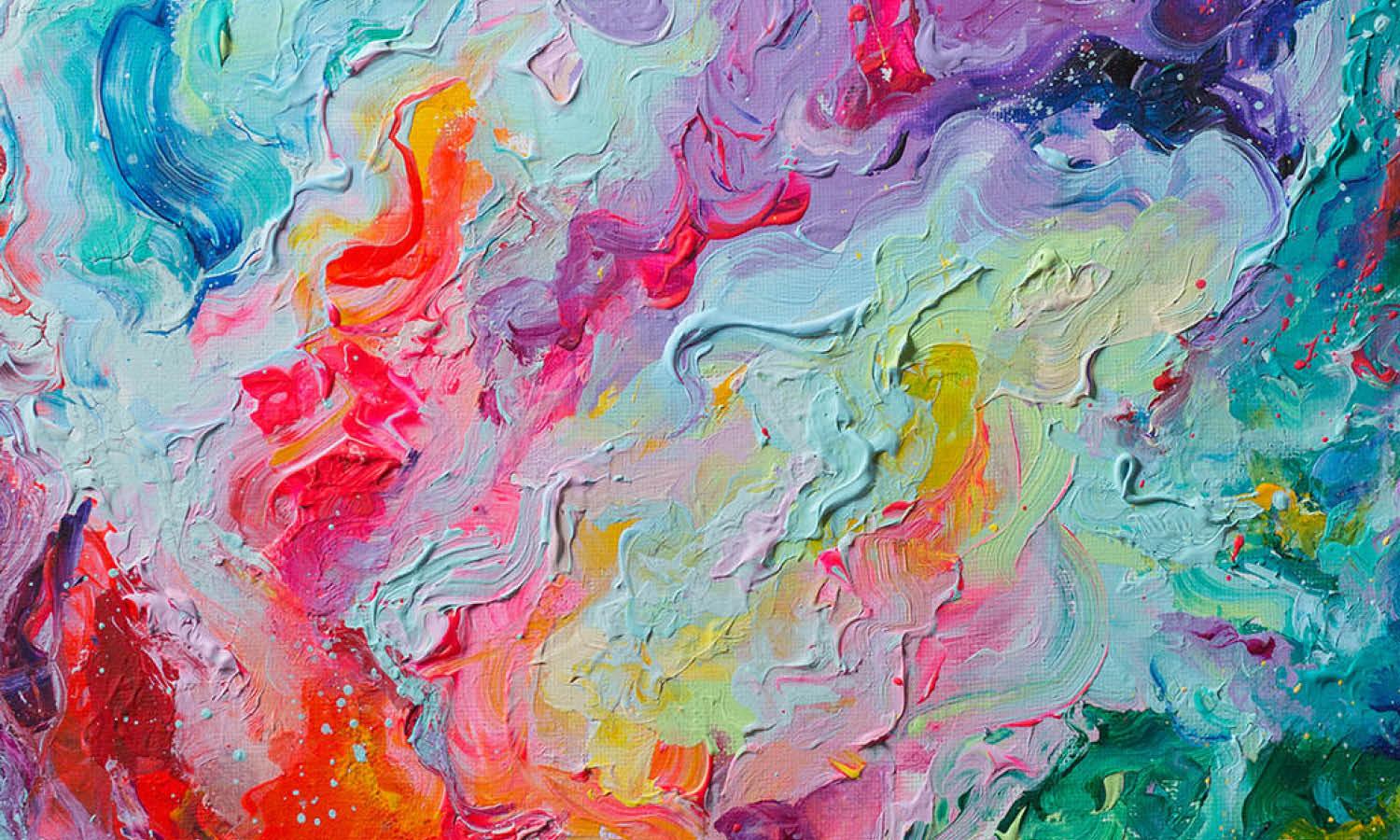


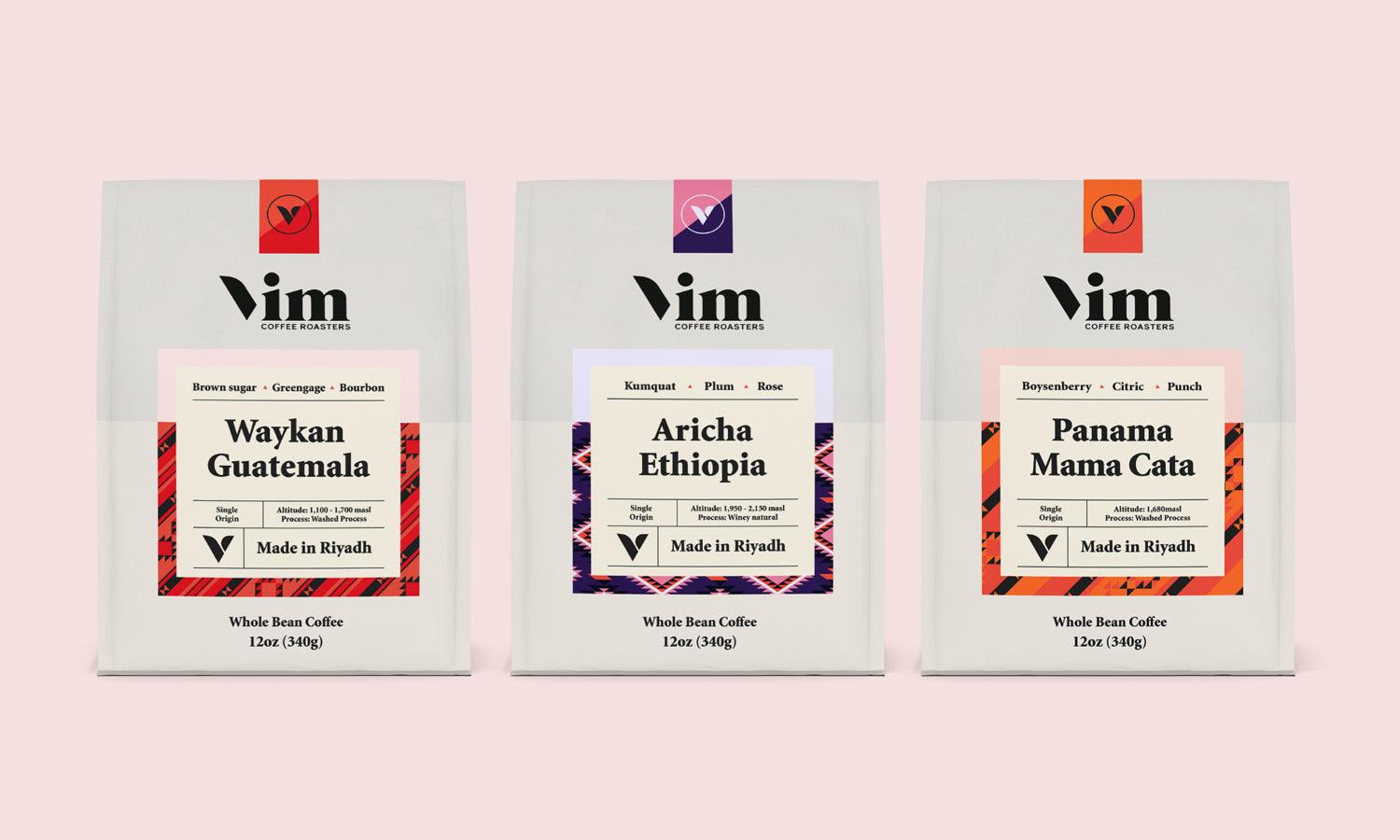
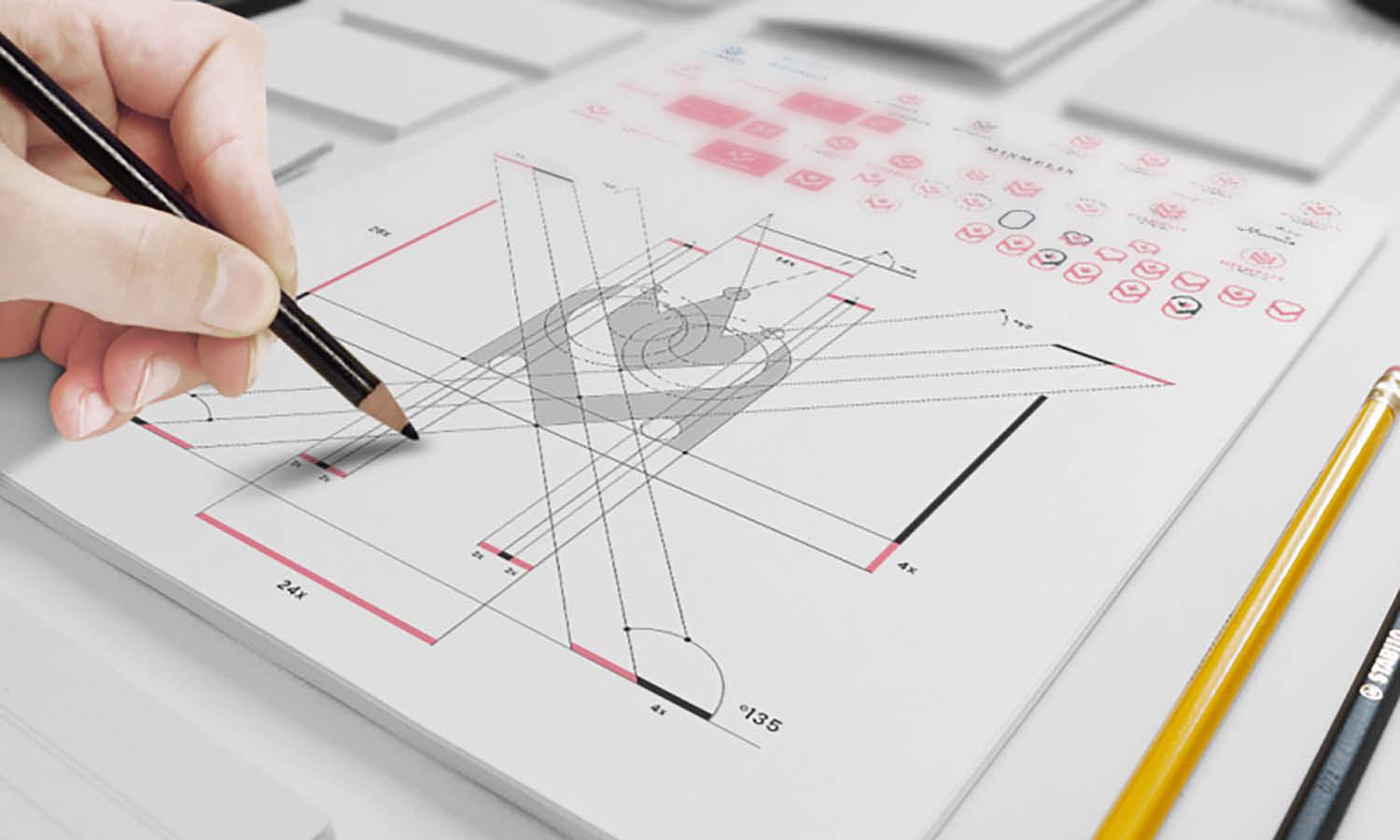







1 comment
Hi,just finished reading this article,thanks a million, I’ve been considering taking up calligraphy as a hobby but not sure.
This is an eye opener.
Thank you
Nombulelo
Leave a Comment